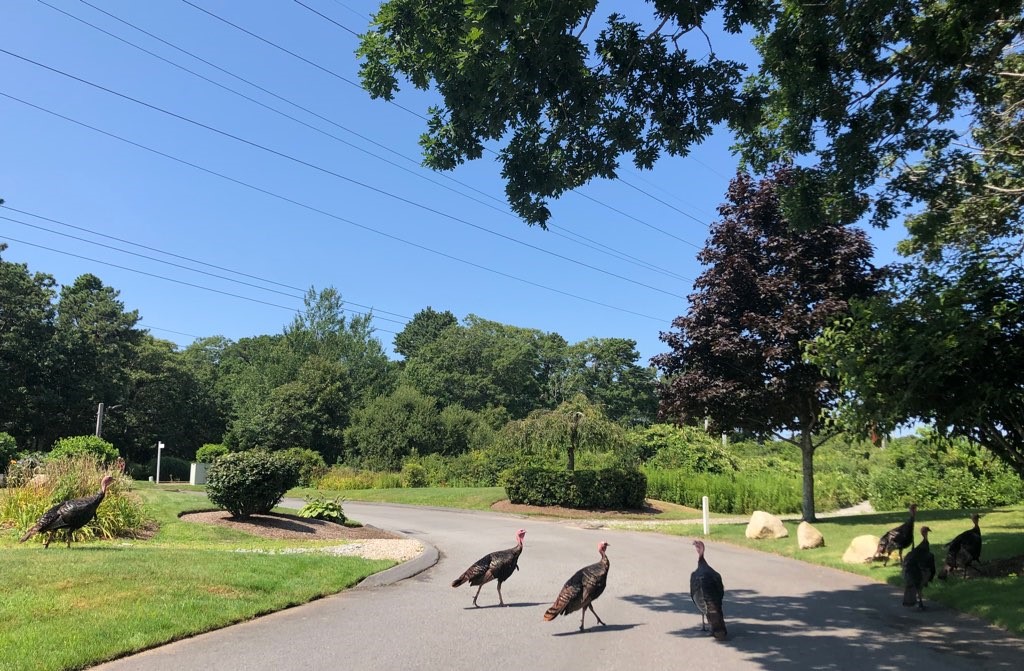Rental property ownership is far from passive income. Many people believe that landlords buy up properties, rent them out, and rack in the cash with little effort and few expenses.
While some landlords may try to take the easy road, they likely don’t last very long. A good landlord has to follow specific guidelines to both abide by the law and to attract good tenants – and keep them.
One of the most common pitfalls for landlords is yearly maintenance. Many landlords are reactionary: they fix a problem when it arises. This can cause a lot of frustrations with many tenants who always seem to come across new problems. Smart and savvy landlords are proactive: they preempt problems and fix them before vacationers notice.
The below features should be reviewed and maintained on a yearly basis to avoid wasting time or, worse, losing tenants.

Water Leaks
Water leaks are disastrous and expensive. Fortunately, they are often easily spotted. All it takes is the willingness to take a look. Not doing so can lead to massive bills or even lawsuits.
No rental property is immune to mold. It can grow because of faulty plumbing, a washer-dryer mishap, or even a lawn sprinkler facing the wrong direction. The tenant may fix the temporary problem, but you never know what else has happened that remains out of sight.
Checking for water leaks can even help you save on your monthly water bill. It is a no-brainer, and something landlords should be doing every year, at a minimum.
Cosmetic Improvements
Cosmetic improvements are great for many reasons. They are a low-cost way of increasing the value of the property, and make it even more marketable to searchers online.
Cosmetic improvements also help keep the neighborhood looking good, which may impact the overall home values in the community. Every little exterior upgrade you make helps. Cosmetic improvements are a great way of showing current tenants you care. It is a way of saying “thank you” for timely payments and taking care of your property.
Some of these improvements include replacing or treating a window, cleaning out the gutters, adding landscaping features, fixing a fence, retiling a bathroom, and more. Afterwards, you can reward yourself with an afternoon of exciting family-friendly activities on Cape Cod.
State and Local Health and Building Codes
If you are not reviewing these codes regularly, you may be making yourself vulnerable to future lawsuits. You will want to make sure all components of the home are in working order, including electric, furnace (if applicable), hot and cold water, and others. Confirm your building is to code by reviewing the latest reports in case of any changes, and take necessary precautions. This is one of the most important steps towards winterizing your rental home. By reviewing codes, you often see changes regarding winter seasonal heating, furnace maintenance, and even insulation.
Yearly Rental Maintenance Costs
How much should yearly maintenance cost?
While we can’t say for sure, we do recommend putting aside a chunk of money for annual maintenance and repairs. A good rule-of-thumb is to have about 1% of the home’s value set aside for both expected maintenance and unexpected repairs. For example, if your home is worth $500,000, you should have $5,000 reserved exclusively for home maintenance and care.
Your property is your livelihood and an important financial asset. You need to commit to yearly maintenance to protect your home and make sure good tenants stick around for another week, month, or season. Review our vacation rentals near Cape Cod to get an idea of what it’s like living on the Cape.





